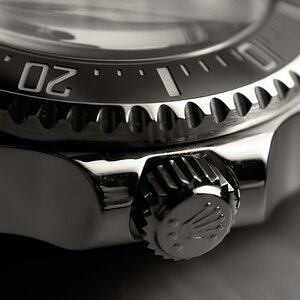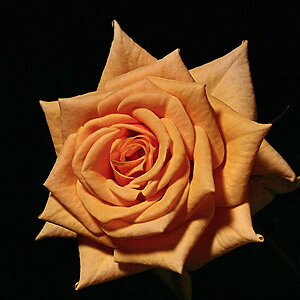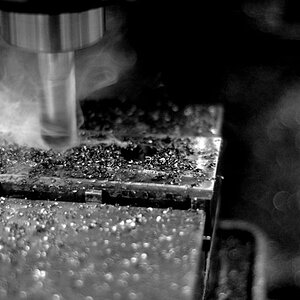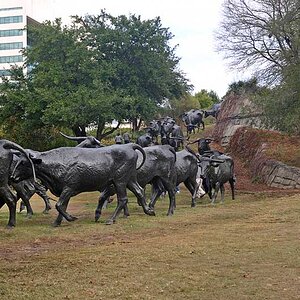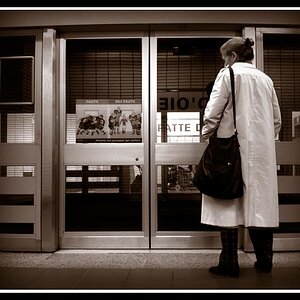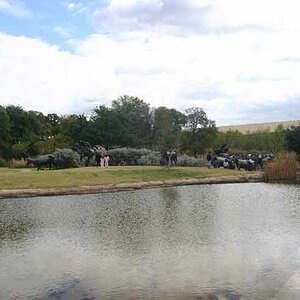somberg
TPF Noob!
- Joined
- Jul 5, 2013
- Messages
- 25
- Reaction score
- 1
- Location
- United States
- Can others edit my Photos
- Photos OK to edit
My understanding is that jpeg images have been processed by my camera and RAW images have not. Why, then, when I have my camera record both and then display them on the screen, do they look identical? I am guessing that whatever program I use to display the images has done some processing on the RAW images, but it (if that is the explanation) it is curious that the camera and the computer software made equivalent copies.


![[No title]](/data/xfmg/thumbnail/41/41493-60071420f928565170996b4edc3de2f0.jpg?1619739820)

